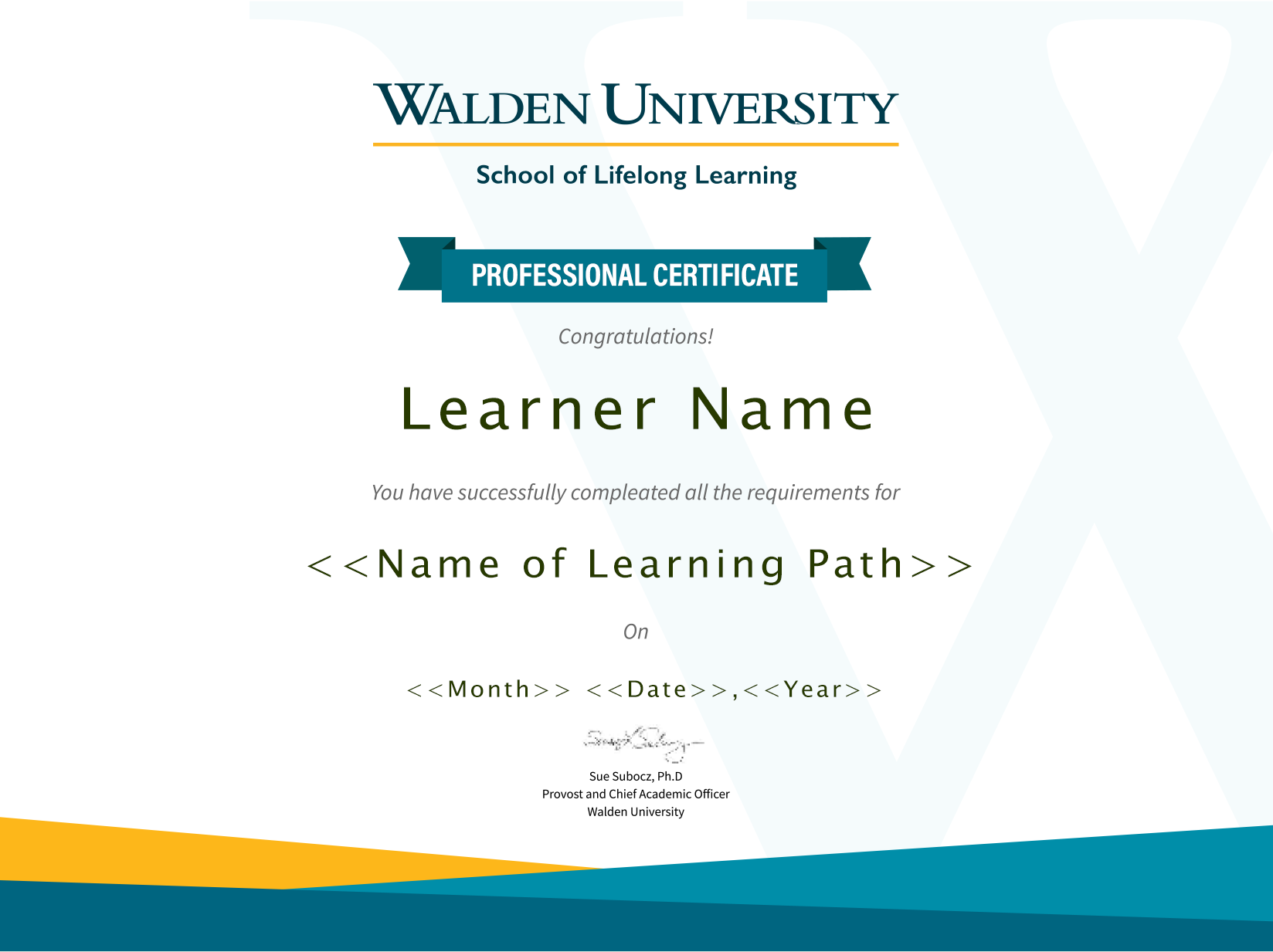Module 1 – Cloud Concepts Overview
Cloud computing is a summary term for the delivery of a wide range of computer services via the internet, including networking, databases, data storage, and applications. Businesses are moving away from purchasing and maintaining their own hardware and software to the “cloud” in order to take advantage of reduced overhead, greater flexibility, lower costs, and peace of mind.
This Module covers an introduction to cloud computing, advantages of cloud computing, an introduction to Amazon Web Services (AWS), and the AWS Cloud Adoption Framework (AWS CAF).
Module 2 – Cloud Economics and Billing
A major driver for businesses to choose AWS over owning and managing their own IT infrastructure is the prospect of reducing the total cost of ownership. AWS offers a wide range of pricing options that are scaled to the particular needs of a business with the possibility of seamless upgrades that do not interrupt daily operations.
This Module covers the fundamentals of pricing, total cost of ownership, AWS organizations, AWS billing and cost management, and technical support.
Module 3 – AWS Global Infrastructure Overview
AWS offers a wide range of services and options to ensure that customers will be able to find all their computing needs covered while only having to pay for what they actually need. In order to navigate the available options and services, it is helpful for customers to first gain an overview of how AWS is structured to provide services on a global scale.
This Module covers the difference between AWS Regions, Availability Zones, and edge locations as well as AWS services and service categories.
Module 4 – AWS Cloud Security
With all the stories about identity theft, ransom ware, and other security threats, it is evident that ensuring the security of IT infrastructure, applications, and data is of outmost importance.
This Module covers the AWS shared responsibility model, AWS Identity and Access Management (IAM), securing a new AWS account, securing accounts and data on AWS, and working to ensure compliance.
Module 5 – Networking and Content Delivery
One of the principal services available on AWS is the Amazon Virtual Private Cloud (VPC) with allows businesses to get rid of their physical servers and all the hassle that comes with maintaining the hardware and infrastructure.
This Module covers Networking basics, Amazon VPC, VPC networking and security, Amazon Route 53, and Amazon CloudFront.
Module 6 – Compute
The computing needs of businesses have been steadily increasing especially as their applications include the use of artificial intelligence, big data analysis, and machine learning. AWS is equipped to provide the infrastructure and hardware in the cloud to support the growing computing needs of its customers.
This Module covers an overview of compute services, Amazon EC2 cost optimization, container services, and introductions to AWS Lambda and AWS Elastic Beanstalk.
Module 7 – Storage
Access to adequate storage is another exponentially growing need of customers especially when their business model involves extensive use of media or the constant production of data by millions of users every day, as is the case for social media platforms and similar applications. In the past, businesses contracted with server farms and data centers to meet their growing data storage needs. AWS offers an attractive alternative with its streamlined, comprehensive cloud solution.
This Module covers Amazon Elastic Block Store (EBS), Amazon Simple Storage Service (S3), Amazon Elastic File System (EFS), and Amazon Simple Storage Service Glacier.
Module 8 – Databases
The majority of business applications are connected to databases to store and retrieve the data they need for their operations, including product and service catalogues, order details, and customer profiles, to name just a few examples. These databases require specialized software to enable efficient data manipulation and retrieval and protect the data from loss and theft. AWS offers effective solutions to meet their customers’ database needs.
This Module covers Amazon Relational Database Service (RDS), Amazon DynamoDB, Amazon Redshift, and Amazon Aurora.
Module 9 – Cloud Architecture
The complexity and wide range of service options available to AWS customers requires careful planning for moving their systems to the cloud. AWS offers specialized guidance and support to help systems architects and administrators plan for an efficient and effective transition.
This Module covers the AWS Well-Architected Framework, reliability and high availability, and the AWS Trusted Advisor.
Module 10 – Auto Scaling and Monitoring
The IT needs of companies are expected to change over time as their business grows and evolves. AWS customers have access to a number of services and tools to help them configure their systems to automatically respond to ongoing fluctuations in demand and actively monitor their solutions to identify opportunities for optimization.
This Module covers Elastic Load Balancing, Amazon CloudWatch, and Amazon EC2 Auto Scaling. You will review video lectures and the study guide that summarizes the content and provides additional useful notes.









